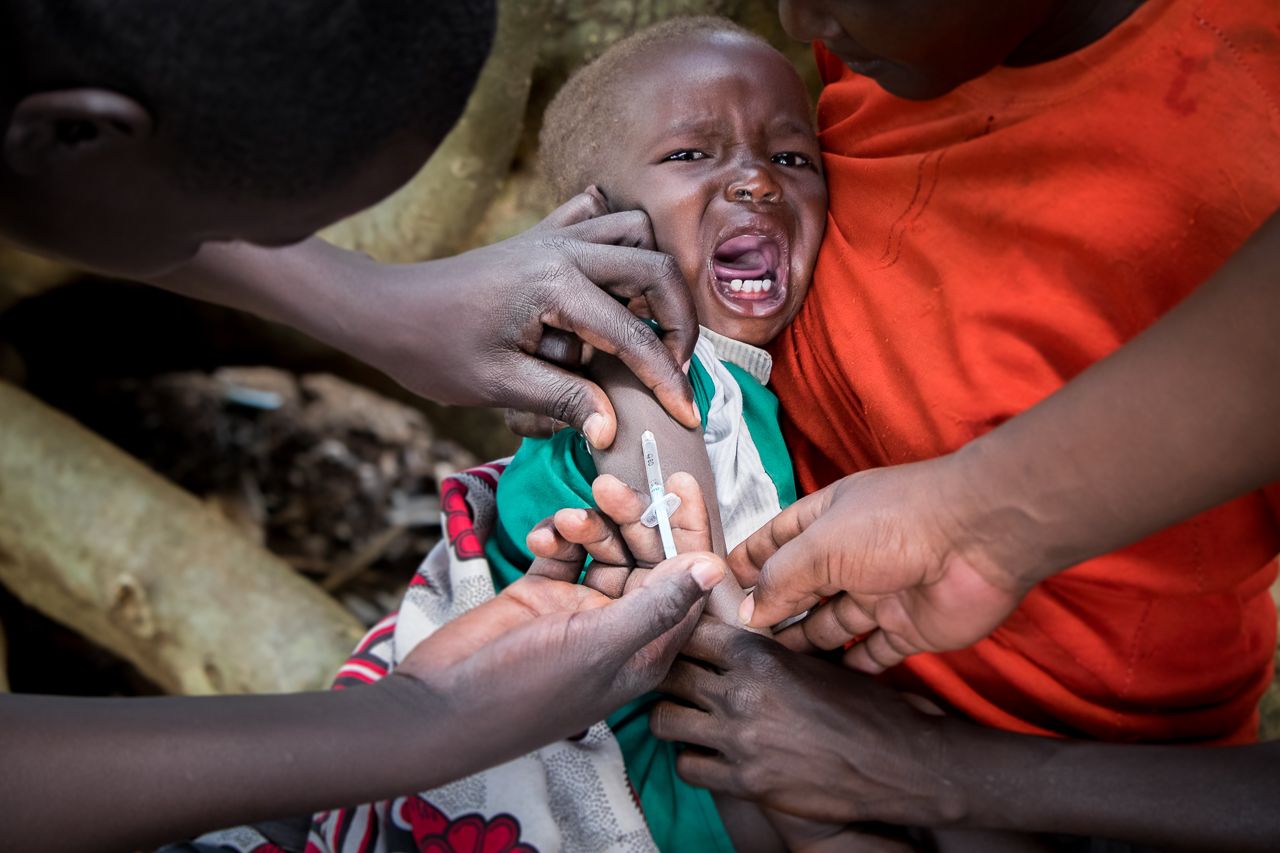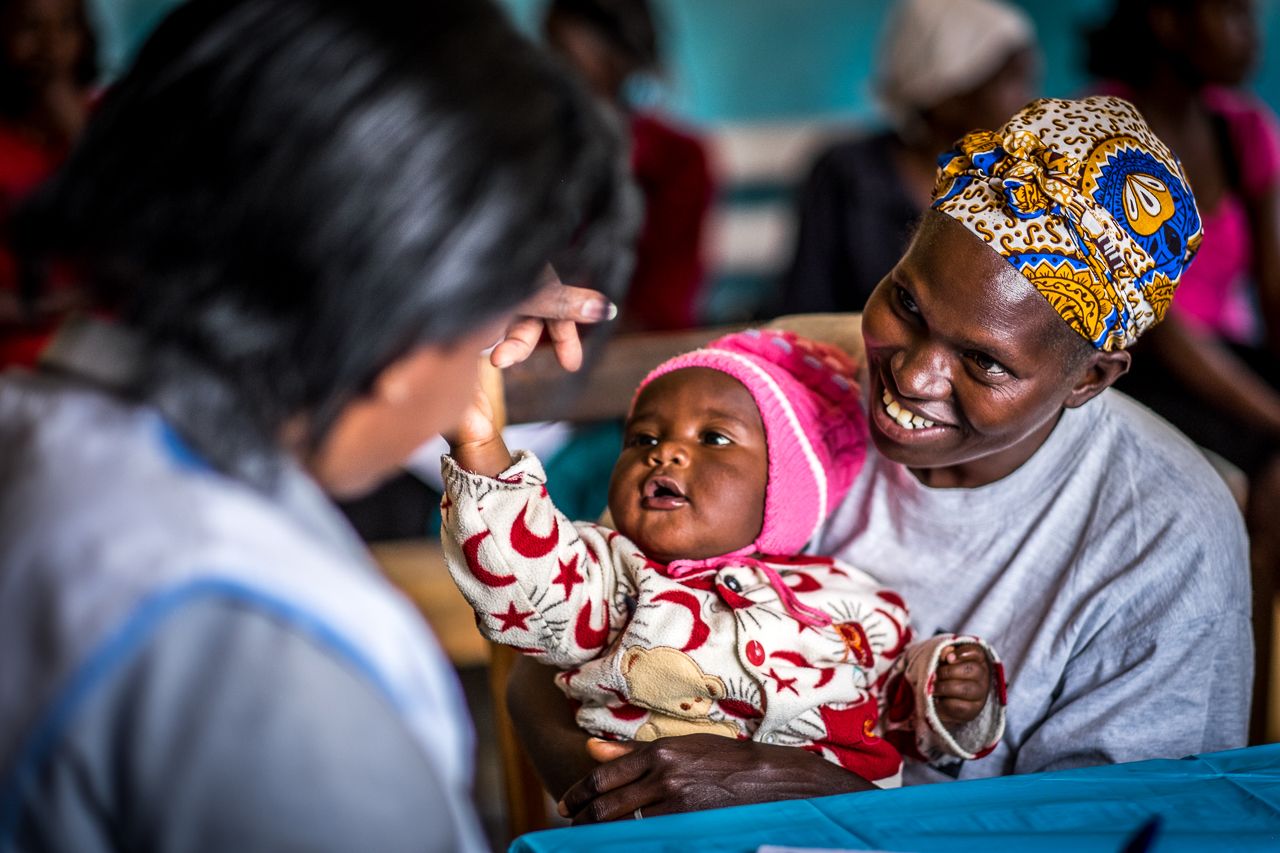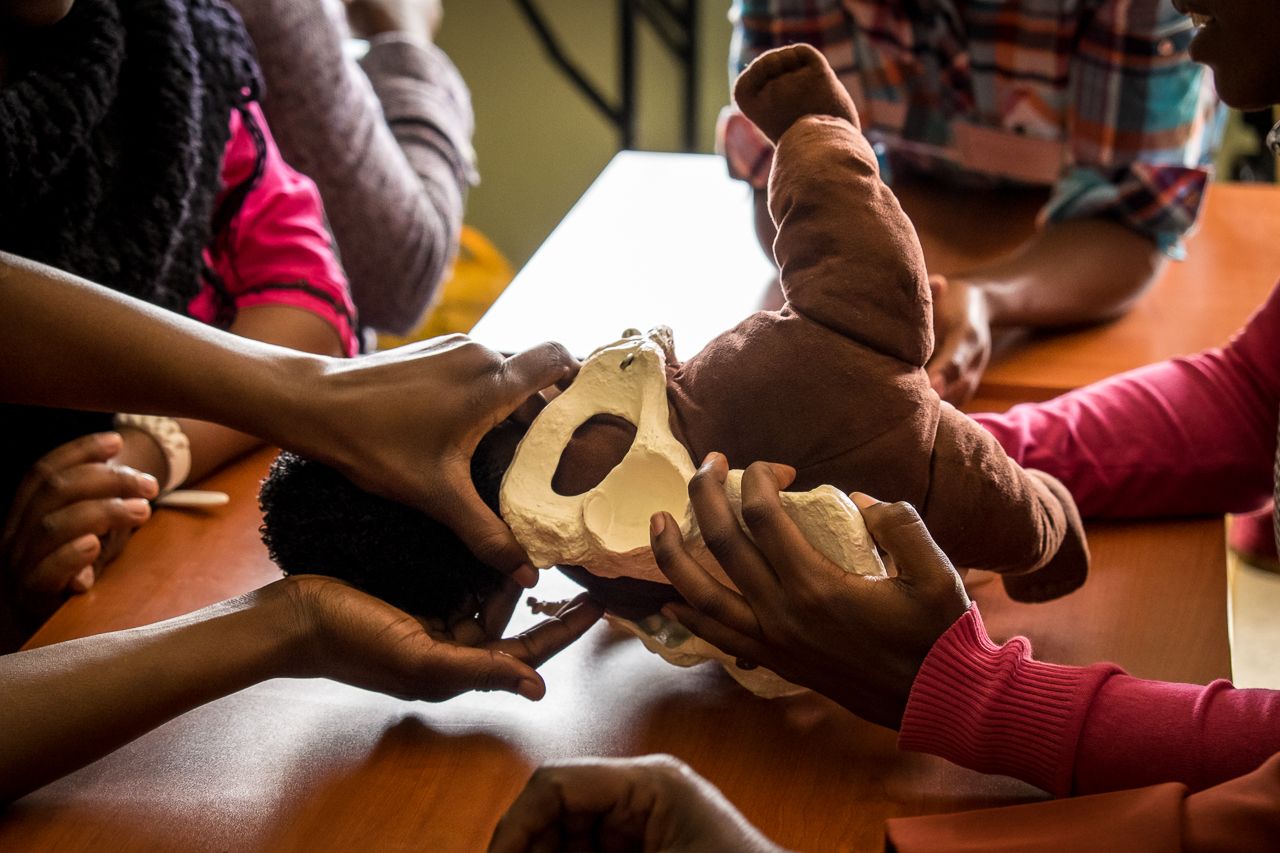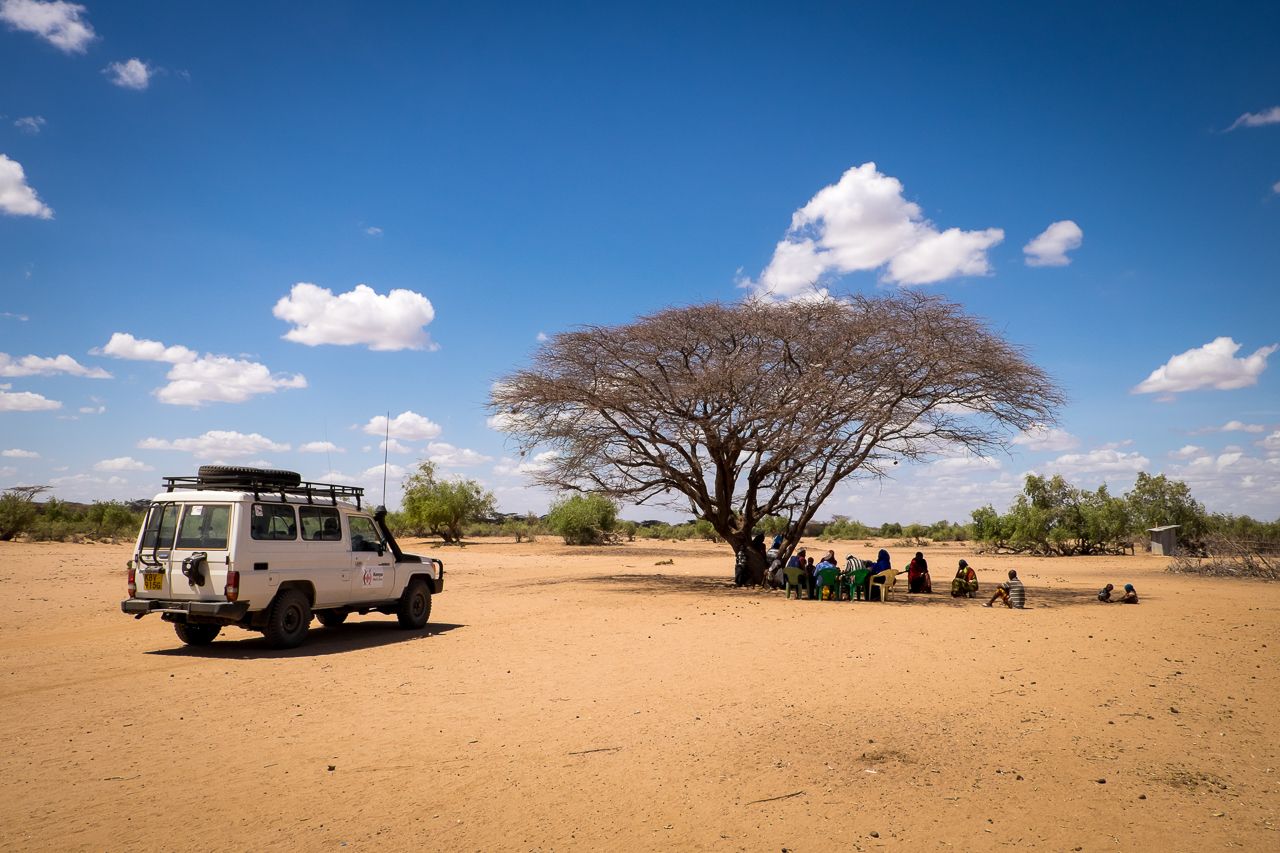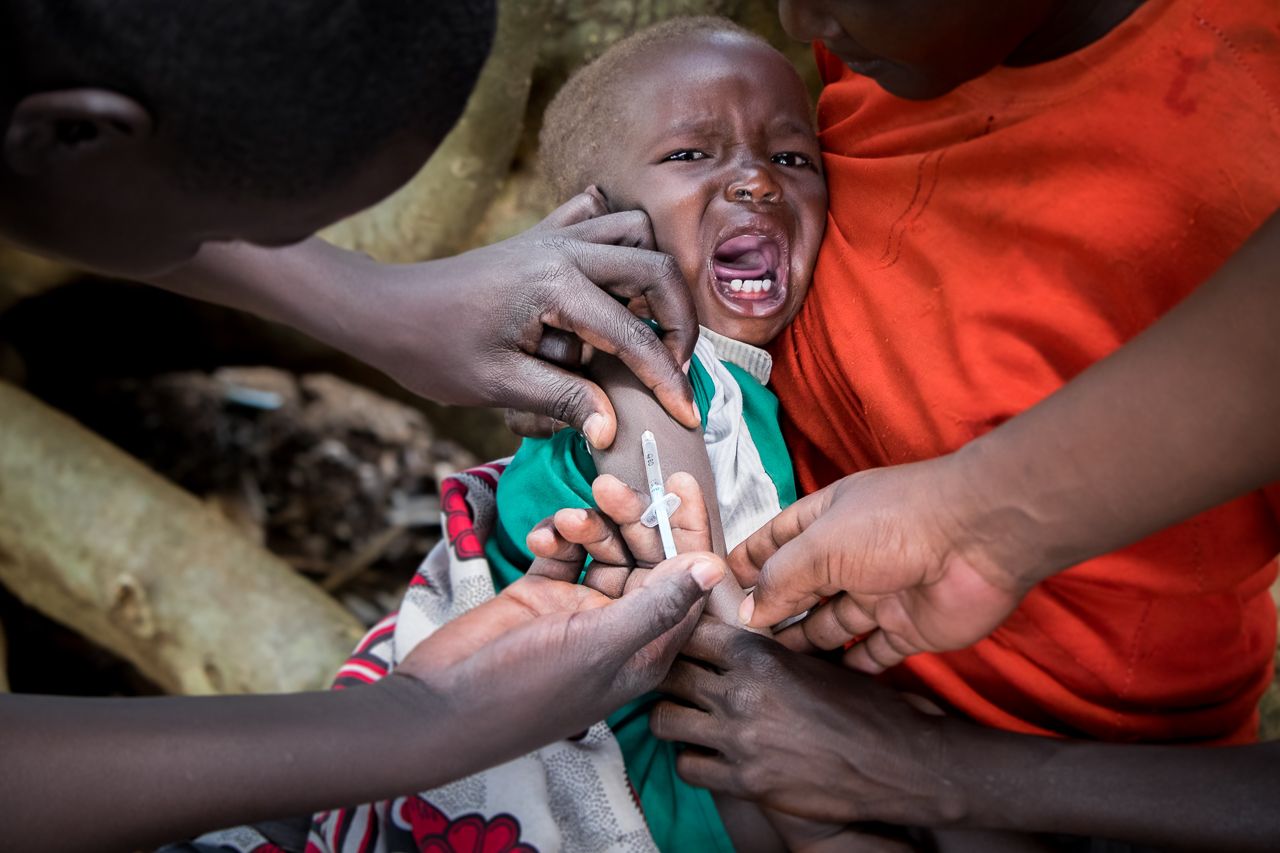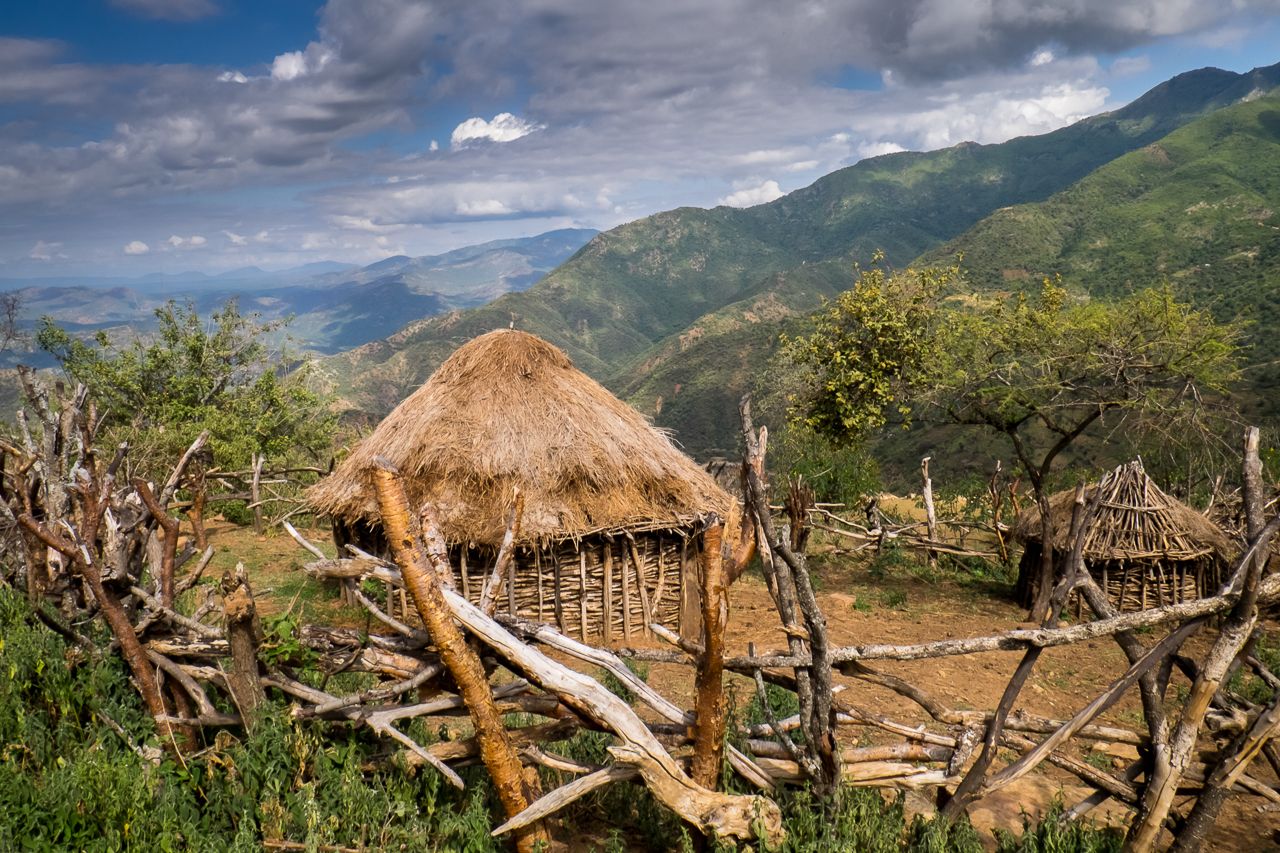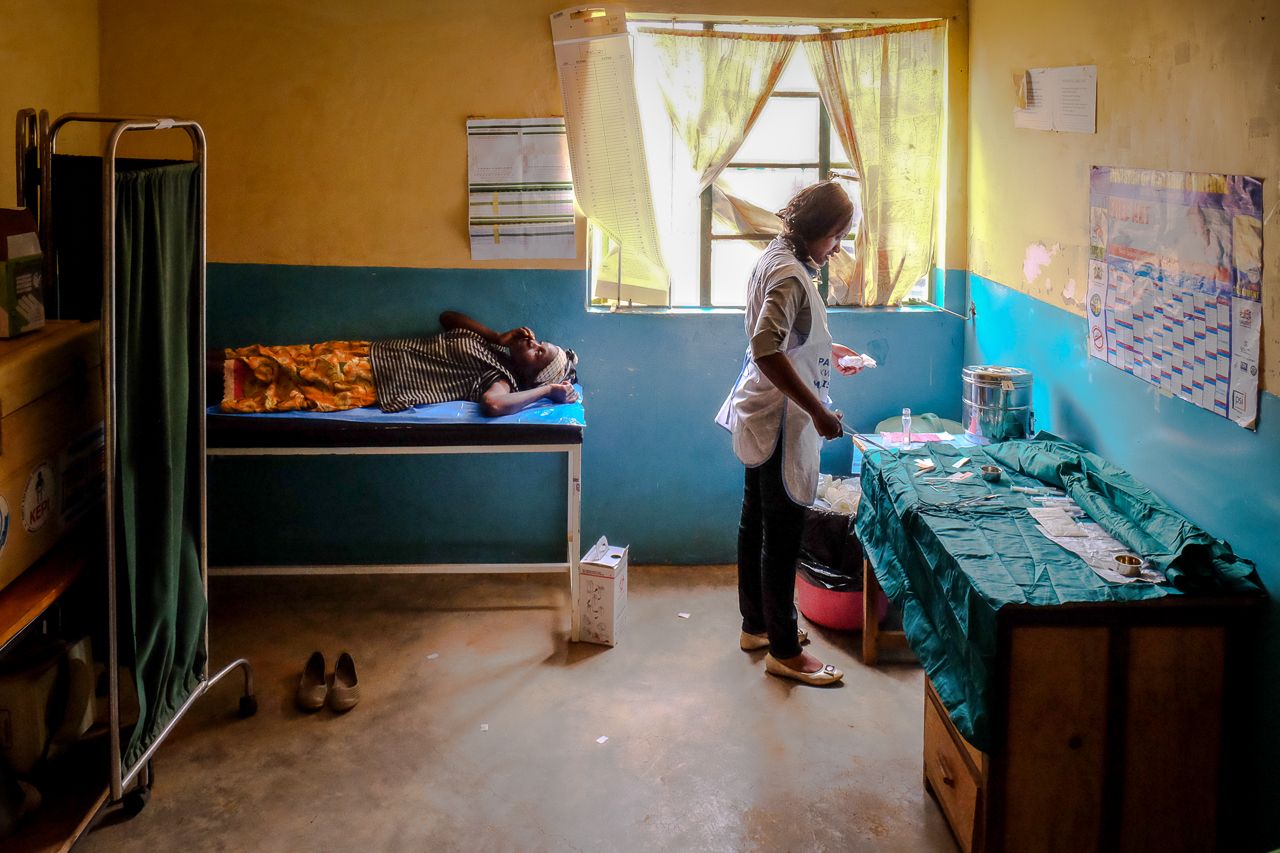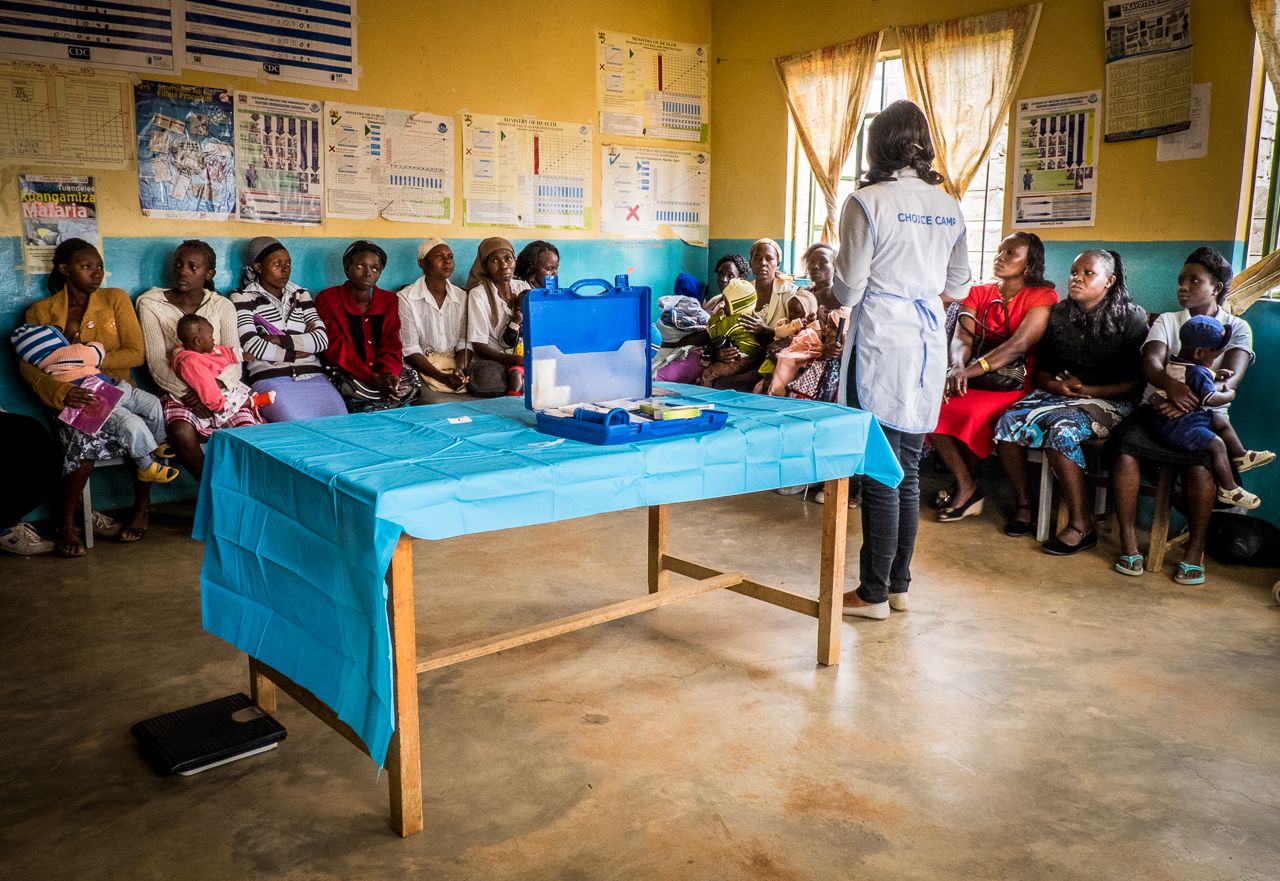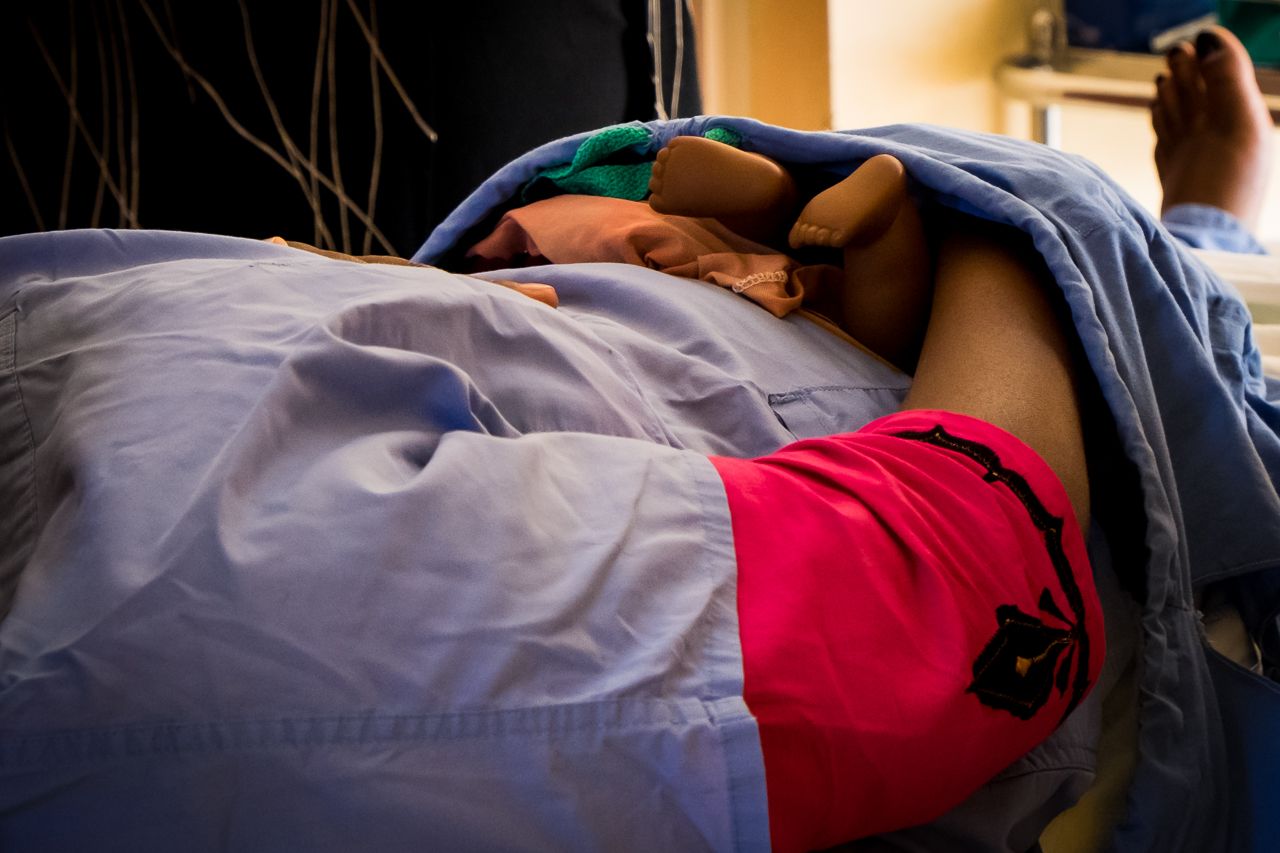This Masters level lesson is designed to introduce journalism as an important tool for MPH students and researchers to communicate complex public health issues in an accessible way for the general public. It draws on the experiences of Joanne Silberner, an award-winning freelance multimedia journalist, artist-in-residence at the University of Washington, and recipient of several Pulitzer Center travel grants, as well as Paul Nevin, a former Pulitzer Center MPH Student Fellow and recipient of an MPH from the University of Washington. The lesson is intended to be highly interactive and focus on a broad range of topics, from developing a publishable story to addressing ethical concerns when working with marginalized populations. The course instructor may request that you explore some or all of the following resources and their respective questions prior to the in-person session.
ResourcesPlease explore the resources and associated questions prior to the in-class workshop because they will form the basis for our in-depth discussion about the benefits and challenges associated with public health journalism.
- “Cancer’s Lonely Soldier in Uganda” by Joanne Silberner (http://pulitzercenter.org/reporting/uganda-cancer-institute-stigma-diagnosis-oncologist )
- “An Ounce of Prevention” by Joanne Silberner (http://pulitzercenter.org/reporting/india-cancer-prevention-institute-stigma-diagnosis-oncologist-muslim-women )
- “Seattle Group’s Training Program Saves Lives of Moms and Babies in Kenya” by Paul Nevin (http://pulitzercenter.org/reporting/seattle-training-program-pronto-kenya-maternal-child-health)
- “A Christian Religious Extremist on Anti-American Jihad in Kenya” by Paul Nevin (http://pulitzercenter.org/reporting/kenya-united-states-anti-america-christian-religious-abortion-rights-homosexuality-otoole-horsely)
- “A Nurse’s Desperate Plea: Show Me the Ebola Money” By Karin Huster (http://www.npr.org/sections/goatsandsoda/2014/12/19/371861712/a-nurses-desperate-plea-show-me-the-ebola-money)
- “How to Write about Africa” by Binyavanga Wainaina (http://granta.com/how-to-write-about-africa/)
- “How John Moore Covered the Ebola Outbreak” (http://time.com/3627482/photographing-ebola/)
- Radi-Aid and The Radiator Awards (https://www.youtube.com/watch?v=oJLqyuxm96k and http://www.rustyradiator.com/)
Interesting
